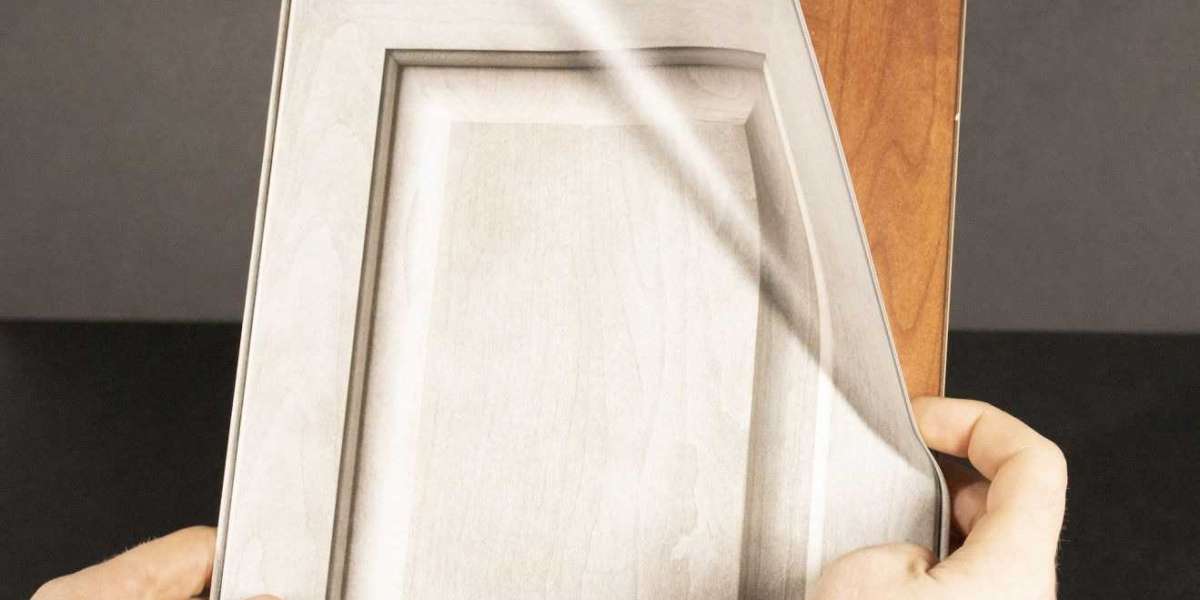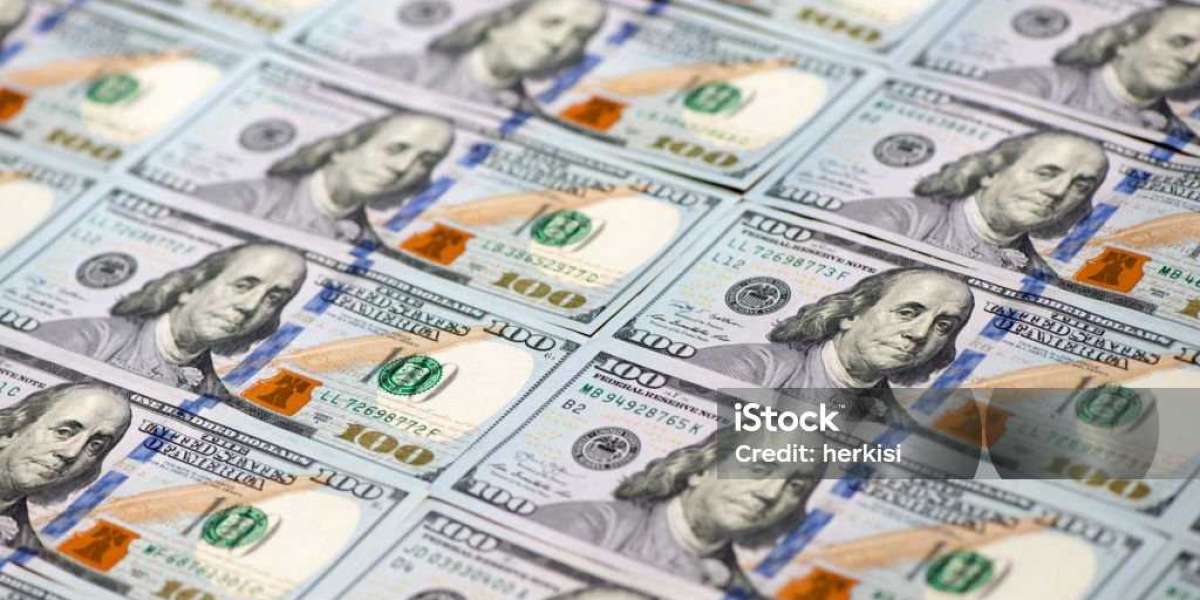The selection of paper has the ability to elevate commonplace compositions into remarkable pieces of art in the field of print design. Before a single word is read or an image is seen, the tactile appeal and visual depth of textured printing provide a canvas that speaks volumes. The range of textured paper is as varied as the creative possibilities it offers, ranging from the delicate elegance of linen finishes to the understated sophistication of lay textures.
When it comes to textured printing, or industrial imaging, you are compelled to touch and examine the surface of a brochure or business card printed on textured paper as soon as you pick it up. The recipient is left with a lasting impression and a memorable experience as a result of this contact.
Quality is something that is felt rather than merely seen. The observant viewer is drawn to the sense of elegance and craftsmanship conveyed by textured paper. Think about the impression you wish to make on your reader or end user when choosing textured paper for your printed products. For instance, adding textured paper to the endpapers of hardcover books can improve the reading experience overall by offering a tactile introduction to the material and implying a degree of luxury and value for a minimally increased production cost.
Additionally, textured paper gives printed artworks an air of genuineness. For instance, to mimic the appearance and texture of more conventional media like watercolours or pastels, artists we've collaborated with frequently use textured paper for their prints. For instance, a photograph printed on the appropriate textured paper can have the appearance and texture of an oil painting. This decision not only improves the artwork's visual attractiveness but also gives it a feeling of craftsmanship and legacy. Coffee table-style books with textured paper, for example, can display art prints in a way that draws the reader in and encourages them to interact with the material on a more profound aesthetic level.
Certain ideas and feelings can be evoked by textured paper, which strengthens the design's overall statement. Wedding invites, for instance, are frequently printed on linen-textured paper with foil-stamped embossed text, which adds sophistication and elegance and sets the tone for a formal event. Similar to this, a restaurant's menu printed on felt-textured paper can convey a feeling of cosiness and warmth that complements the welcoming atmosphere of the space. By being aware of texture's psychological effects, designers can deliberately use it to tell gripping visual stories.








